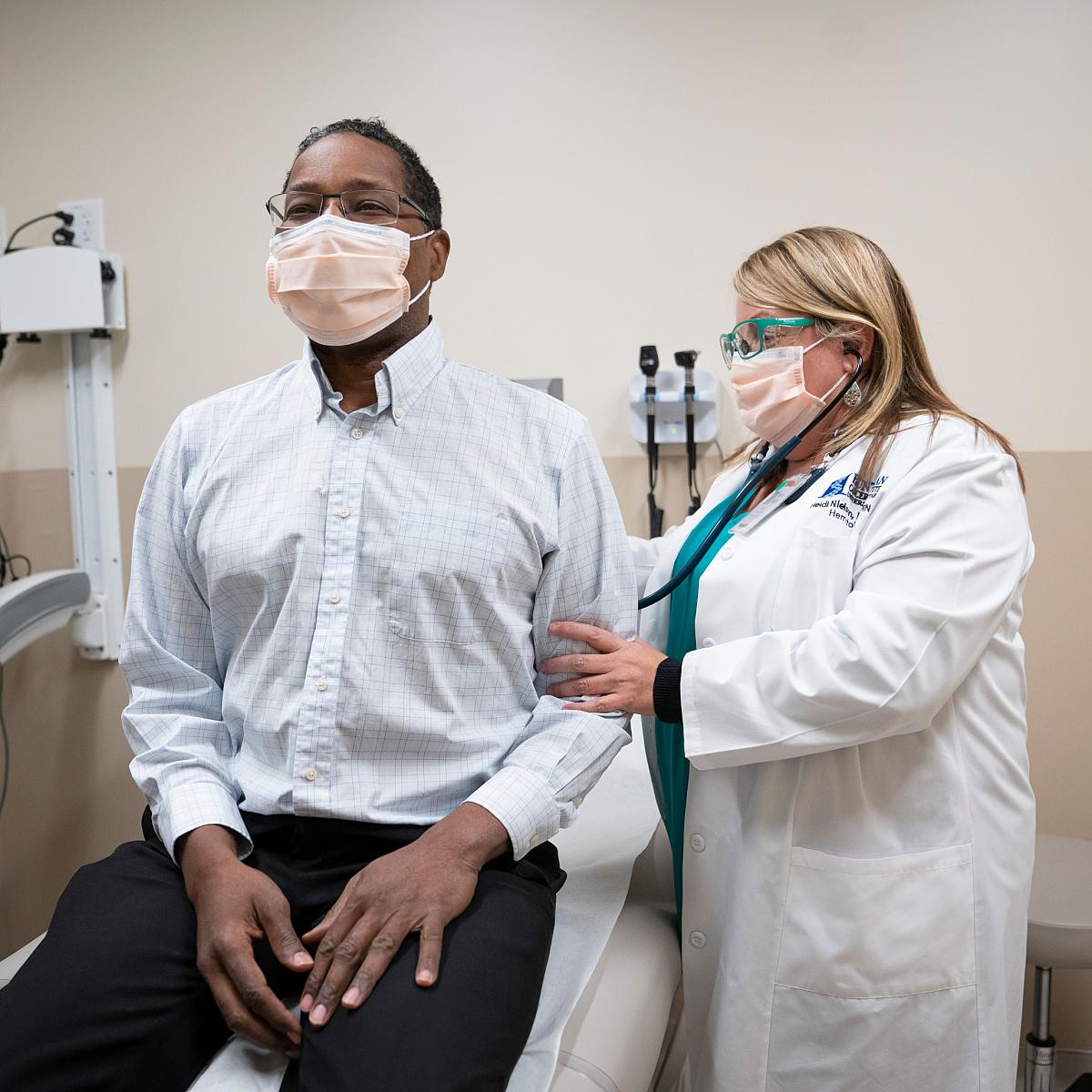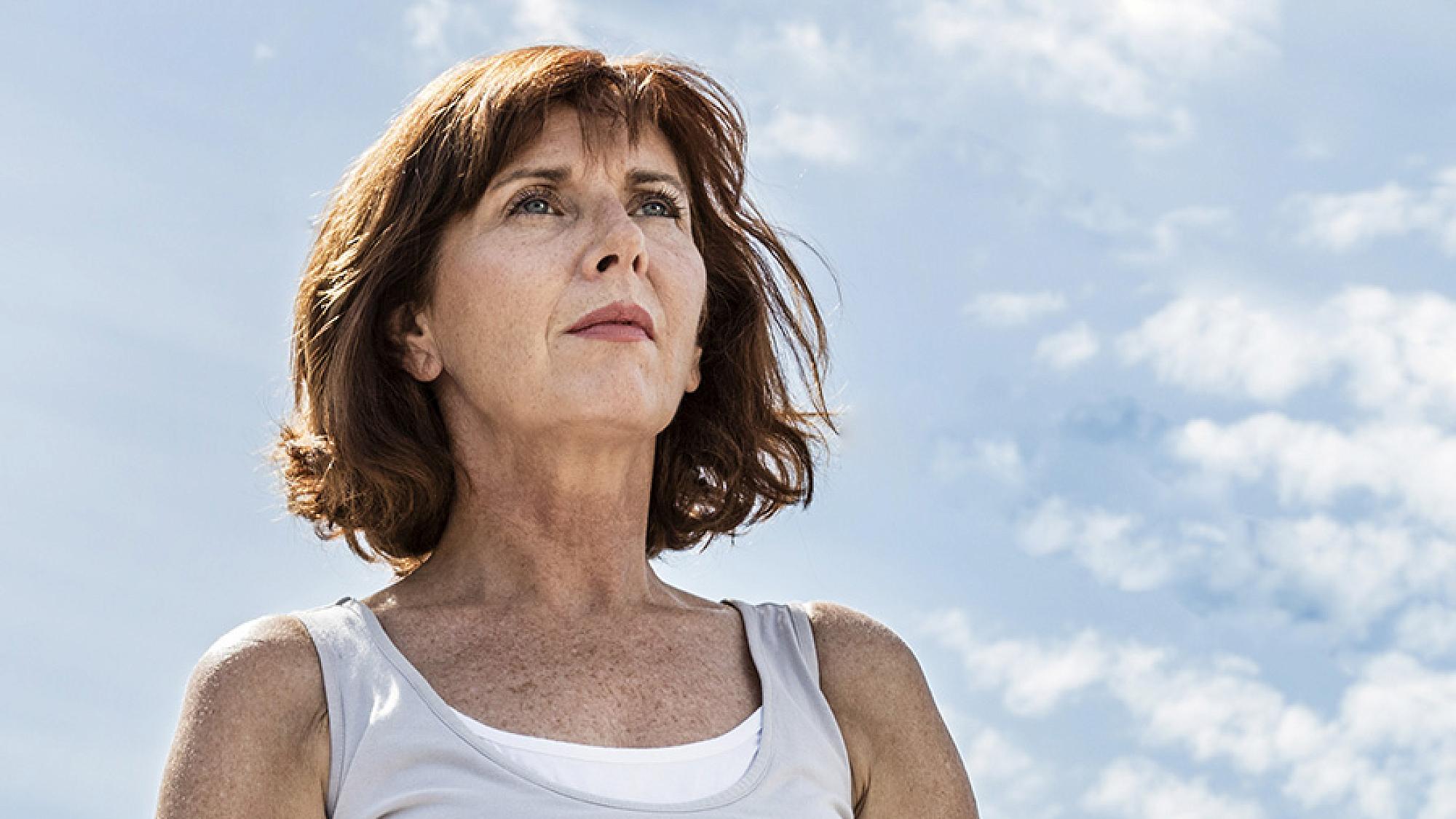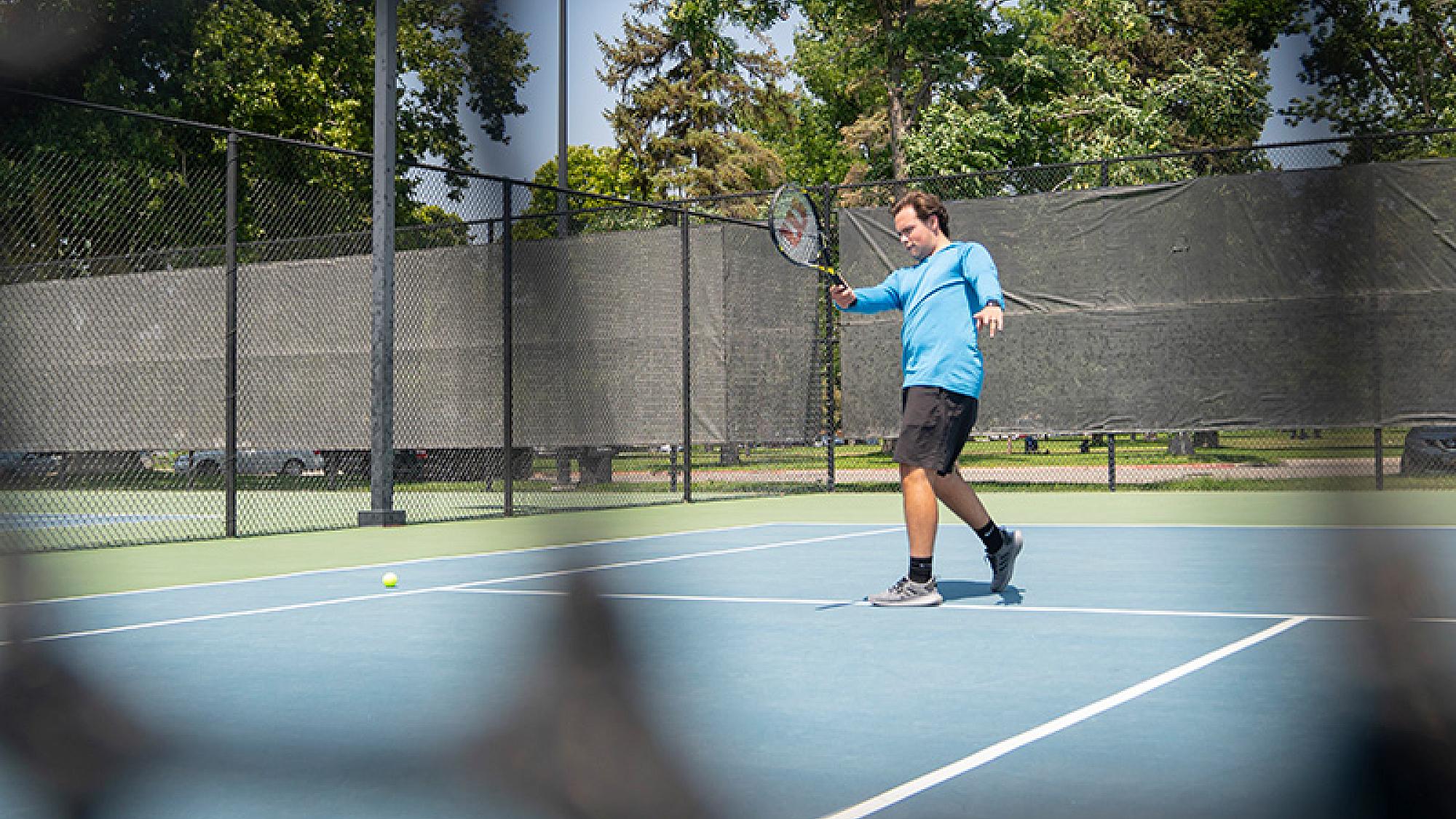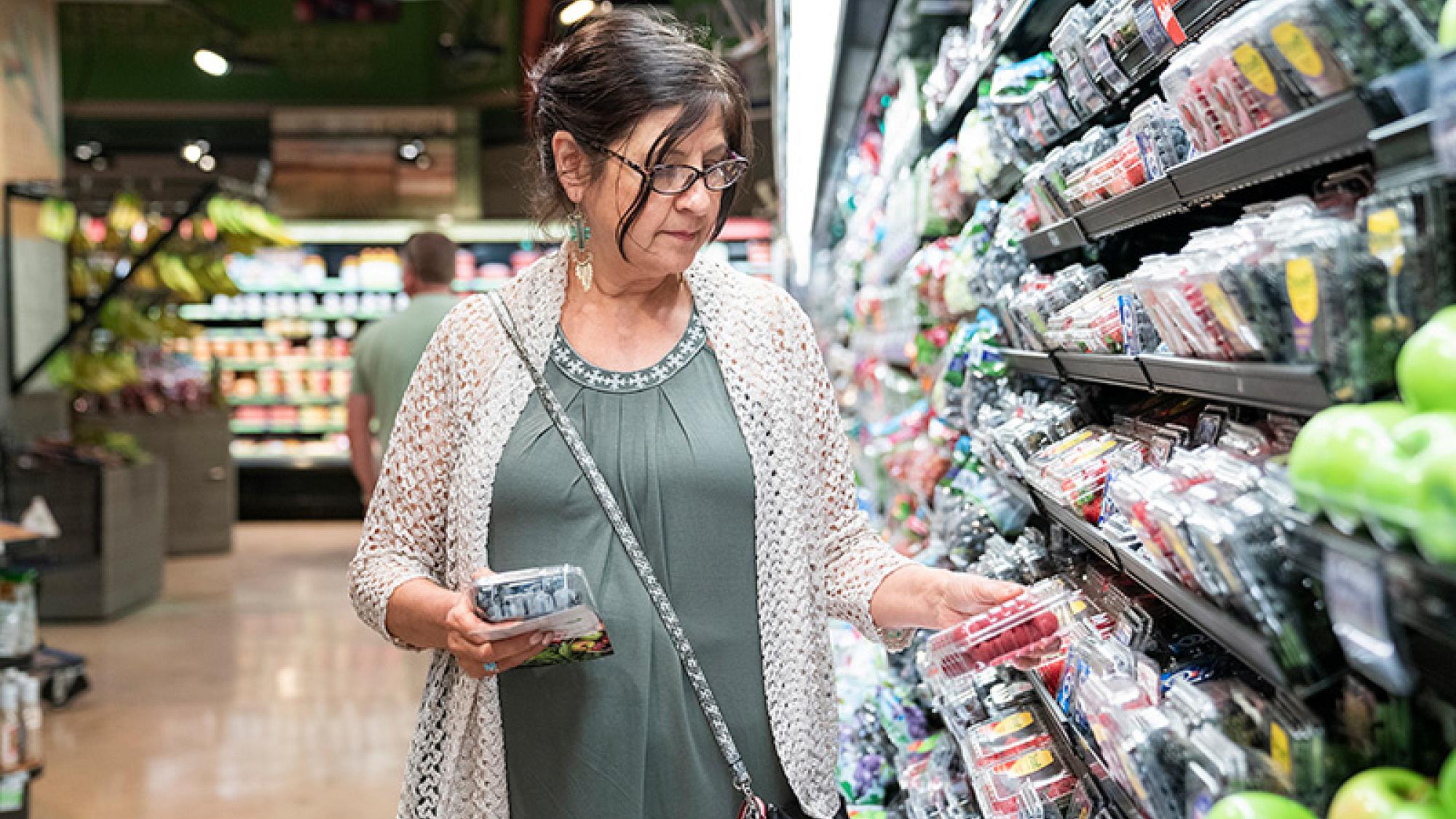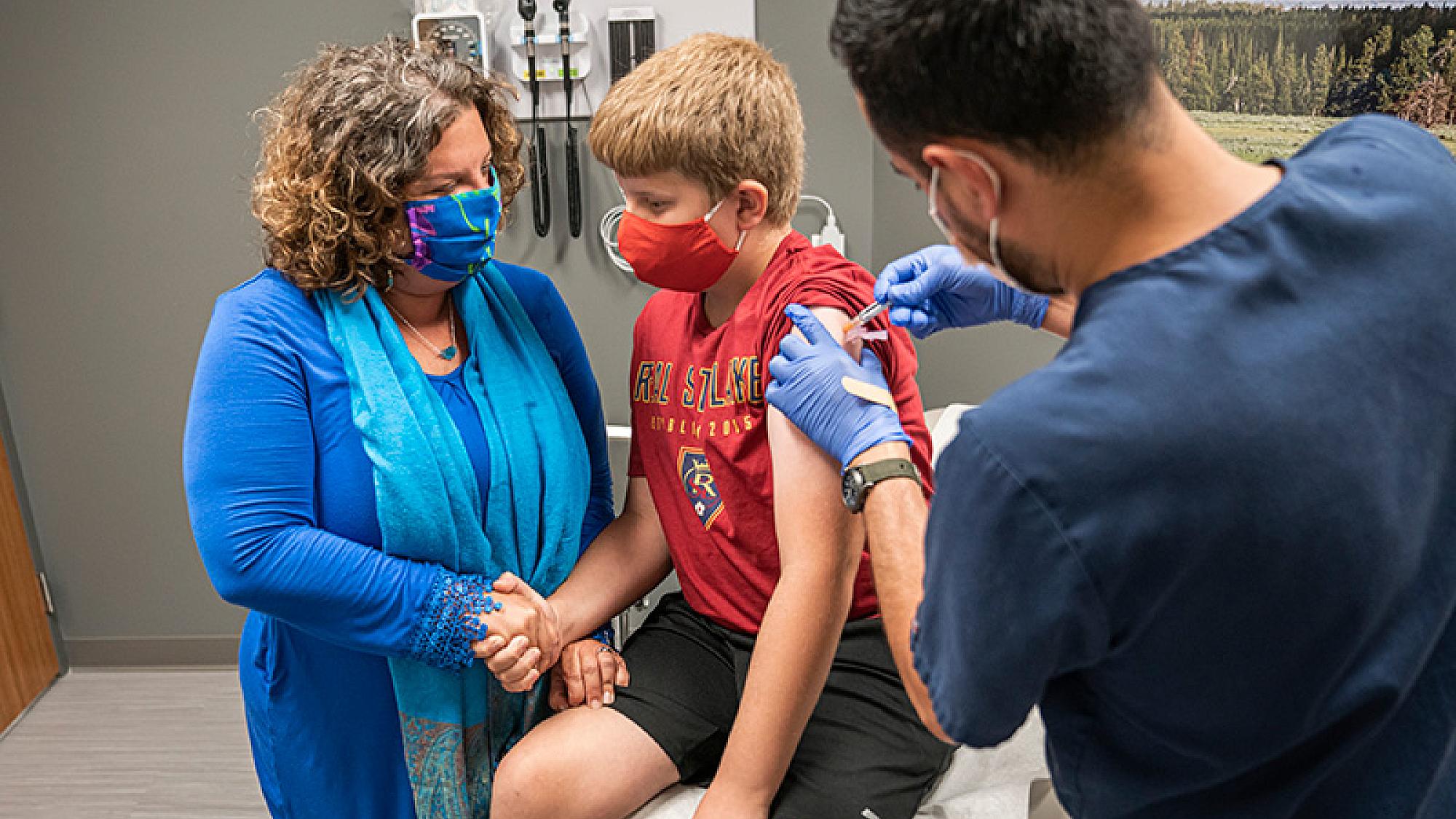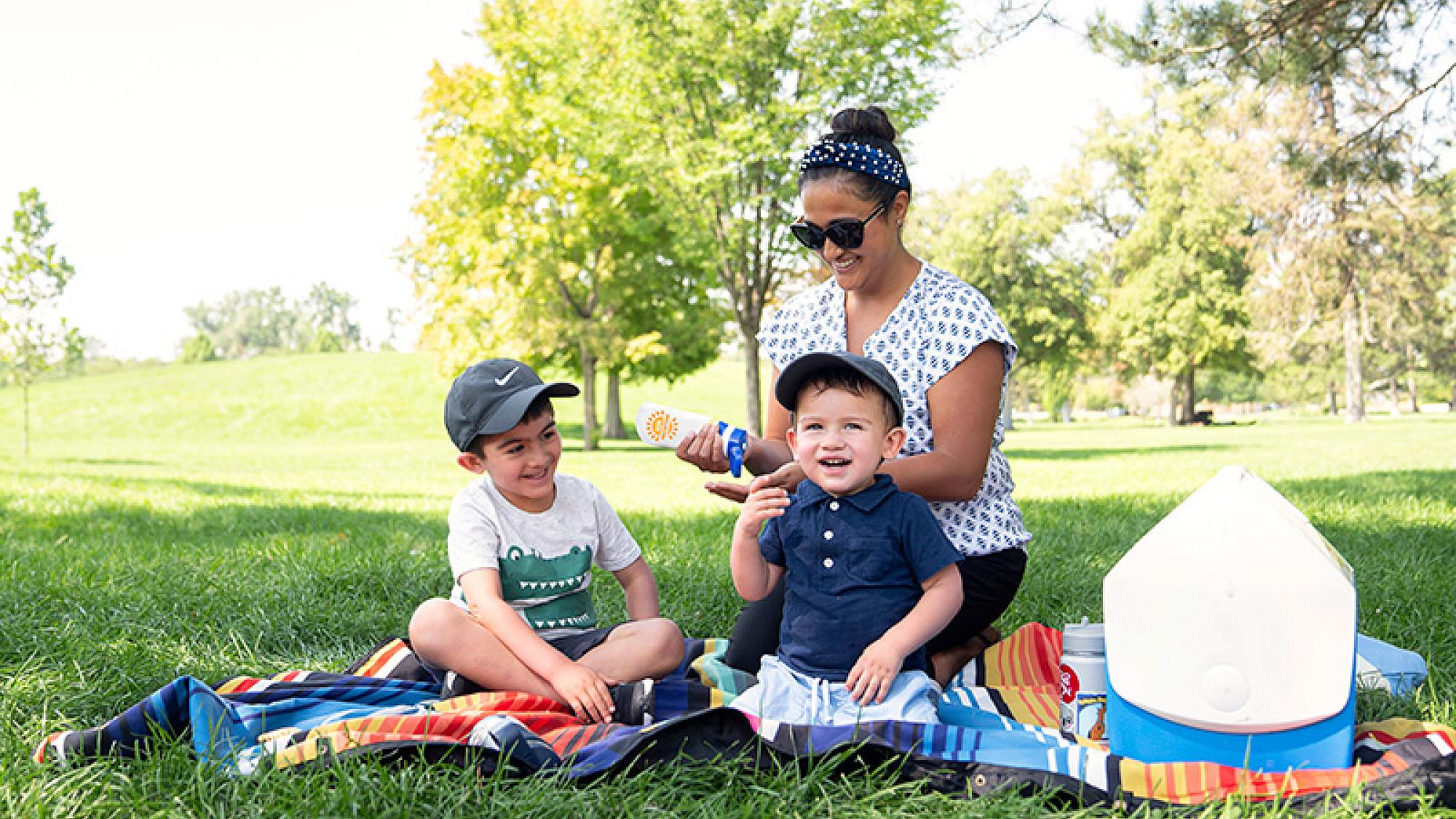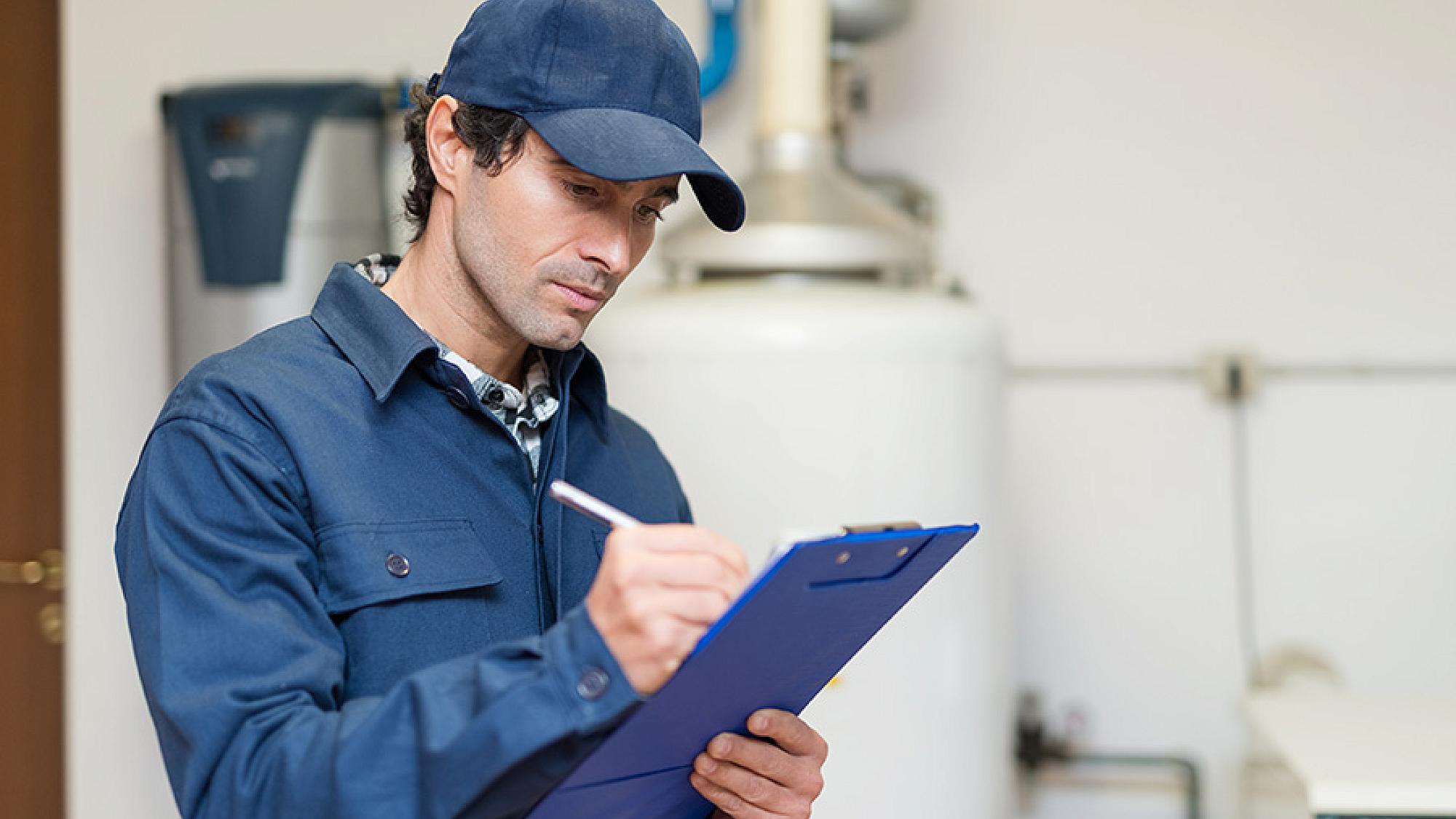

What is Cancer Prevention?
Cancer Screening
In addition to cancer prevention, it is important to check for cancer or conditions that may lead to cancer. This is called cancer screening.
You can take actions to lower your risk or chances of getting cancer. These actions are called cancer prevention. Making healthy lifestyle choices can prevent about half of all cancers. Here are examples of healthy lifestyles choices:
- Avoiding tobacco and other known cancer-causing substances
- Being physically active
- Eating healthy
- Getting vaccinated
- Protecting skin from sun exposure
- Testing your home for radon gas
Risk Factors
Research shows that certain factors can increase a person’s chance of developing cancer. Anything that increases your risk for developing cancer is a risk factor.
A person can control some risk factors, like alcohol consumption, use of tobacco, exposure to sunlight, diet, obesity, and exposure to infections and infectious agents.
Other risk factors are out of a person’s control. These include age, family history, environmental exposures, and chronic inflammation.
The G. Mitchell Morris Cancer Learning Center (CLC) is your source for free cancer information. The Cancer Learning Center can help you find resources if you are underinsured or uninsured.
El Centro de Aprendizaje del Cáncer es su lugar para obtener información gratuita sobre el cáncer. También puede ayudarlo a encontrar recursos si tiene seguro insuficiente o no tiene seguro.
Activities that can Lower Your Cancer Risk
Avoid Tobacco
Quit tobacco—better yet, never start—to lower your risk for cancer and other diseases. Tobacco causes many types of cancer. It is the leading cause of cancer-related death. Tobacco is harmful in any amount and any form. The resources here can help you or your loved one quit.
Be Physically Active
Moving your body throughout the day has many benefits that help lower your risk of getting cancer and many other diseases. Exercise helps lower inflammation that can increase your cancer risk. It also helps keep damaged cells from turning into cancer.
Eat Healthy Foods
No single food prevents cancer, but eating a variety of plant-based foods lowers your risk of getting cancer. Eating healthy helps you keep a healthy weight and supports your immune system. Healthy foods contain compounds that repair cells and help fight cancer before it starts.
Get Cancer Prevention Vaccines
The vaccines for two infections—HPV and hepatitis B—can help prevent certain cancers. HPV mainly affects the genitals, the mouth, and the throat. Infection from the hepatitis B virus can cause damage to the liver that leads to liver cancer.
Practice Sun Safety
Everyone is at risk for skin cancer, no matter your skin color or type. Exposure to the sun, including tanning and sunburns, can increase your risk of developing skin cancer. Know the warning signs for skin cancer and protect your skin from the sun at every age.
Test Your Home for Radon
Radon is the second leading cause of lung cancer after tobacco. Radon is a radioactive gas–impossible to see, taste, or smell. It occurs naturally and sometimes gets into buildings through the soil. Breathing in radon over time may cause lung cancer. Testing is the only way to know if your home has radon.
